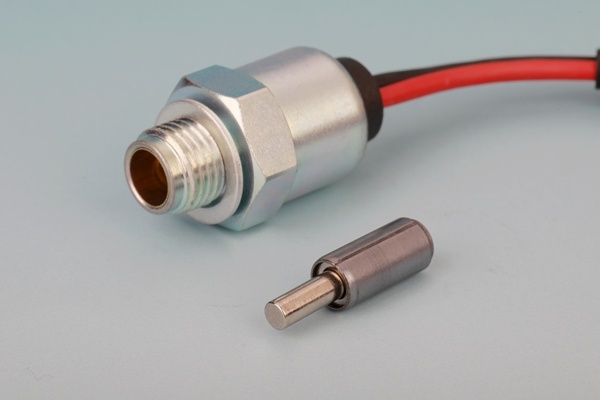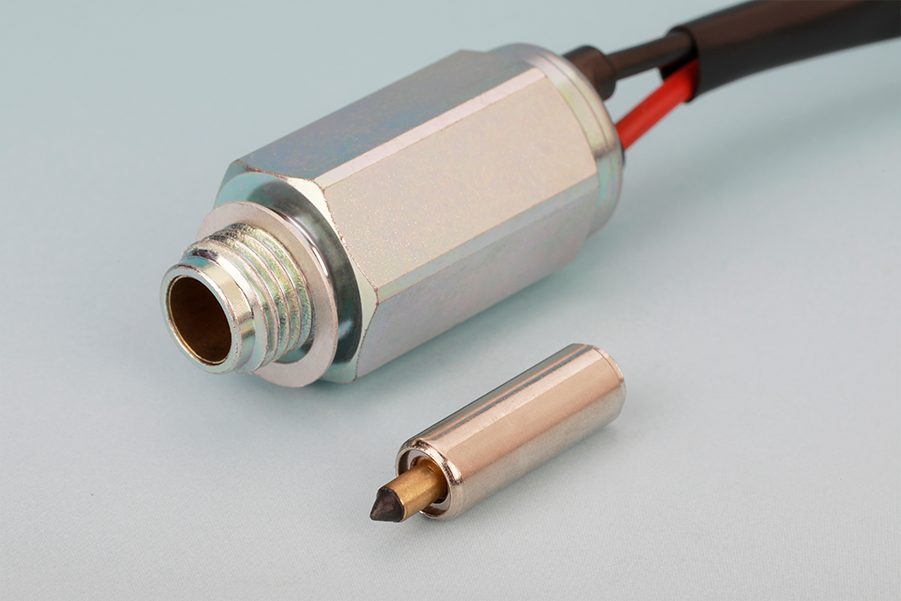The Science Behind Mikuni Carburetor Solenoids: How They Work and Optimize Your Engine Performance
Release Time:
Apr 22,2025
The Science Behind Mikuni Carburetor Solenoids: How They Work Table of Contents 1. Introduction to Mikuni Carburetor Solenoids 2. Understanding Solenoids in Carburetor Systems 3. Mechanism of Action: How Mikuni Solenoids Operate 4. Applications in Automotive Engineering 5. Benefits of Using Mikuni Solenoids in Your Vehicle 6. Common Issues and Solutions Related to Solenoid
The Science Behind Mikuni Carburetor Solenoids: How They Work
Table of Contents
- 1. Introduction to Mikuni Carburetor Solenoids
- 2. Understanding Solenoids in Carburetor Systems
- 3. Mechanism of Action: How Mikuni Solenoids Operate
- 4. Applications in Automotive Engineering
- 5. Benefits of Using Mikuni Solenoids in Your Vehicle
- 6. Common Issues and Solutions Related to Solenoids
- 7. Maintenance Tips for Mikuni Carburetor Solenoids
- 8. Conclusion: Enhancing Engine Performance with Mikuni Solenoids
- 9. FAQs about Mikuni Carburetor Solenoids
1. Introduction to Mikuni Carburetor Solenoids
Mikuni carburetor solenoids play a crucial role in modern automotive systems, specifically in controlling fuel delivery and optimizing engine performance. Understanding these components is essential for anyone interested in automotive mechanics or performance tuning. While carburetor systems may seem straightforward, the solenoids within them add a layer of complexity that can significantly influence engine efficiency.
2. Understanding Solenoids in Carburetor Systems
At its core, a **solenoid** is an electromechanical device that converts electrical energy into mechanical motion. In the context of a Mikuni carburetor, the solenoid is primarily responsible for regulating the flow of fuel into the engine. This regulation is critical for achieving optimal air-fuel ratios, which in turn determine engine performance, fuel economy, and emissions.
Mikuni solenoids are typically used in a variety of applications, including motorcycles, ATVs, and other small-engine vehicles. Their compact design and efficient operation make them ideal for environments where space and weight are of the essence.
3. Mechanism of Action: How Mikuni Solenoids Operate
To grasp how Mikuni carburetor solenoids work, one must understand their internal mechanisms. These solenoids consist of a coil of wire (the solenoid coil), a movable plunger, and a spring. When electricity flows through the coil, it generates a magnetic field that pulls the plunger into the coil, overcoming the resistance of the spring.
This movement of the plunger opens or closes a valve, allowing or restricting the flow of fuel from the carburetor to the engine. The precise control over this flow is vital for engine efficiency, as it ensures the engine receives the correct amount of fuel under varying conditions.
Types of Mikuni Carburetor Solenoids
Mikuni produces several types of solenoids for different applications, each designed with specific features to cater to various engine requirements. The most common types include:
1. **Fuel Cut-Off Solenoids**: These are designed to stop fuel flow when the ignition is off, preventing leaks and enhancing safety.
2. **Automatic Choke Solenoids**: Used in cold-start conditions, these solenoids automatically adjust the choke position to enrich the air-fuel mixture during startup.
3. **Idle Speed Control Solenoids**: These manage the engine idle speed by adjusting the fuel flow based on engine load and operational conditions.
4. Applications in Automotive Engineering
Mikuni carburetor solenoids find applications in various sectors within automotive engineering. Their versatility allows them to be utilized in:
- **Motorcycles**: Enhancing throttle response and performance in high-performance bikes.
- **ATVs and UTVs**: Improving fuel efficiency and power delivery in off-road vehicles.
- **Small Engines**: Used in lawn mowers, generators, and other small machinery to ensure reliable operation.
Their role in these applications is not only to enhance performance but also to comply with ever-evolving emissions regulations, making them vital for modern vehicles.
5. Benefits of Using Mikuni Solenoids in Your Vehicle
Integrating Mikuni carburetor solenoids into your vehicle offers several distinct advantages:
1. **Improved Fuel Efficiency**: By precisely regulating fuel flow, solenoids help maintain the ideal air-fuel mixture, leading to better fuel economy.
2. **Enhanced Performance**: Properly functioning solenoids contribute to smoother throttle response and overall engine performance.
3. **Reduced Emissions**: Optimized fuel delivery systems result in lower emissions, which is crucial for meeting environmental standards.
4. **Increased Reliability**: Mikuni solenoids are designed for durability and consistent performance, reducing the likelihood of engine issues.
6. Common Issues and Solutions Related to Solenoids
Despite their reliability, Mikuni carburetor solenoids can encounter issues over time. Here are some common problems and their solutions:
Solenoid Not Engaging
If the solenoid fails to engage, check the electrical connections for corrosion or damage. Additionally, ensure the solenoid is receiving power when the ignition is turned on.
Fuel Leaks
Fuel leaks can occur if the solenoid valve is stuck open. Cleaning or replacing the solenoid may be necessary to resolve this issue.
Erratic Engine Performance
Inconsistent fuel delivery can lead to erratic engine performance. Inspect the solenoid for proper operation and verify that it is functioning within the manufacturer’s specifications.
7. Maintenance Tips for Mikuni Carburetor Solenoids
To ensure long-lasting performance from your Mikuni carburetor solenoids, consider the following maintenance tips:
1. **Regular Inspections**: Periodically inspect the solenoid for signs of wear, corrosion, or damage.
2. **Cleanliness**: Keep the carburetor and solenoid clean from debris and fuel residue to ensure optimal performance.
3. **Proper Storage**: If storing a vehicle for an extended period, consider disconnecting the solenoid to prevent potential corrosion.
4. **Use Quality Fuel**: Using high-quality fuel can reduce the likelihood of deposits forming in the carburetor and solenoid.
8. Conclusion: Enhancing Engine Performance with Mikuni Solenoids
Understanding the science behind Mikuni carburetor solenoids is crucial for anyone looking to enhance their engine’s performance. These components play an indispensable role in managing fuel delivery and optimizing air-fuel ratios. By utilizing Mikuni solenoids, automotive enthusiasts can achieve improved fuel efficiency, enhanced performance, and reduced emissions. Regular maintenance and prompt attention to potential issues will ensure that these valuable components continue to function reliably, contributing to the overall efficiency of your vehicle.
9. FAQs about Mikuni Carburetor Solenoids
Q1: What is the primary function of a Mikuni carburetor solenoid?
A1: The primary function of a Mikuni carburetor solenoid is to regulate the flow of fuel into the engine, ensuring optimal air-fuel mixtures for improved performance and efficiency.
Q2: How can I tell if my solenoid is malfunctioning?
A2: Symptoms of a malfunctioning solenoid can include erratic engine performance, fuel leaks, or failure to engage. Inspect the electrical connections and solenoid operation to diagnose issues.
Q3: Are Mikuni solenoids interchangeable with other brands?
A3: While some solenoids may have similar functions, it is best to use OEM Mikuni solenoids for compatibility and performance reasons.
Q4: How often should I service my Mikuni solenoid?
A4: Regular inspections should be conducted every few months, especially if you use the vehicle frequently. Maintenance frequency can depend on usage and environmental conditions.
Q5: Can I replace a Mikuni solenoid myself?
A5: Yes, replacing a Mikuni solenoid can often be done as a DIY project. However, ensure you follow proper safety protocols and refer to the manufacturer's guidelines.
Related content




